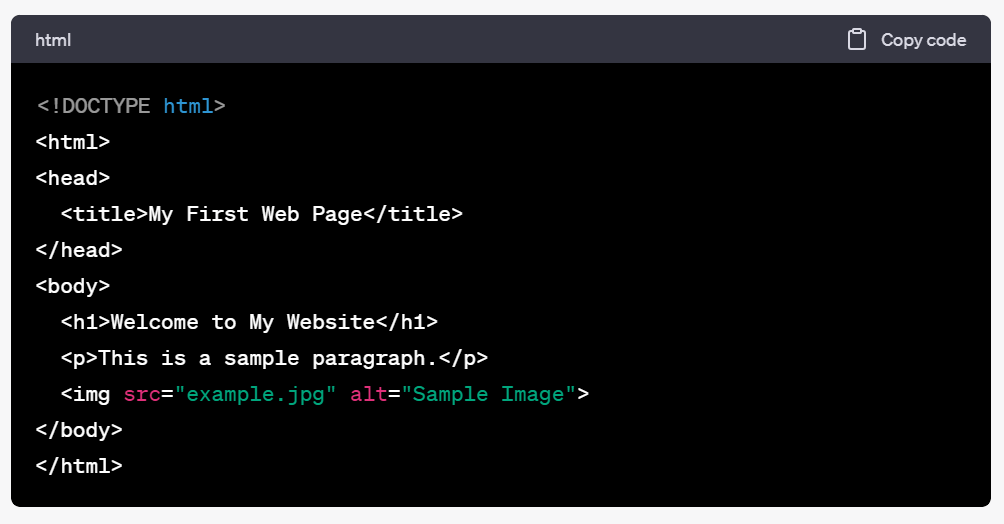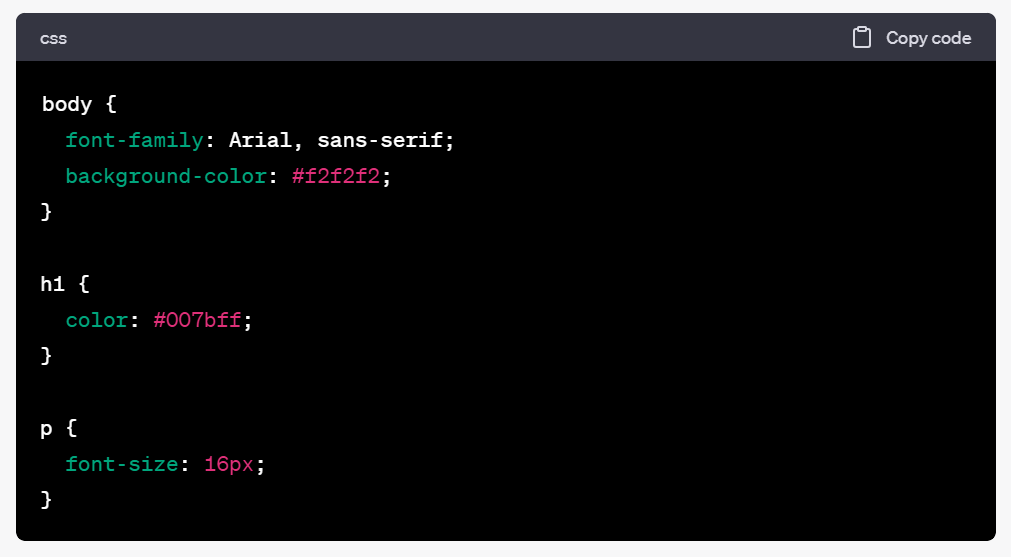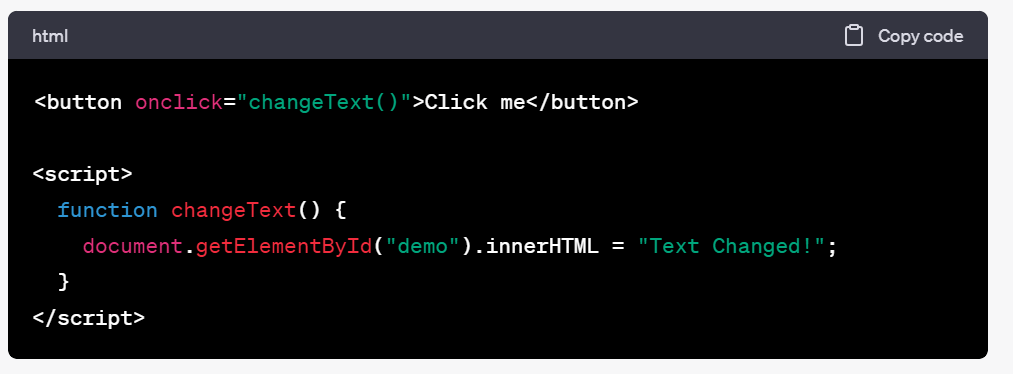In the vast and dynamic world of web development, mastering the fundamentals is the first step toward creating captivating and interactive websites. Whether you’re a beginner venturing into the realm of coding or someone looking to refresh your knowledge, understanding the basics of HTML, CSS, and JavaScript is essential. In this blog post, we’ll unravel the mysteries of these foundational technologies and explore how they work together to bring web pages to life.
HTML (HyperText Markup Language): The Structure Builder
HTML serves as the backbone of every web page. It provides the essential structure, organizing content into headings, paragraphs, lists, and multimedia elements. HTML uses tags (enclosed within angle brackets) to define different parts of a web page. For instance, the <h1> tag represents the main heading, <p> signifies a paragraph, and <img> embeds images. Let’s consider a simple example:

In this snippet, HTML provides the basic structure, defining the title, heading, paragraph, and an image on the webpage.
CSS (Cascading Style Sheets): The Stylist
While HTML establishes the structure, CSS enhances the visual appeal of web pages. CSS allows you to apply styles, such as colors, fonts, margins, and animations, to HTML elements. By creating a separation between content and presentation, CSS ensures consistency and a polished look across the website. Consider the following CSS code snippet:

In this example, CSS styles the body background, heading color, and paragraph font size, giving the webpage a cohesive and visually appealing design.
JavaScript: The Interactive Wizard
JavaScript adds interactivity and dynamic behavior to web pages. As a scripting language, JavaScript enables you to create responsive elements, handle user input, and modify the content of a webpage in real-time. Here’s a simple JavaScript example that changes the heading text when a button is clicked:

In this code, the JavaScript function changeText() updates the content inside an HTML element with the id “demo” when the button is clicked, demonstrating the interactive capabilities of JavaScript.
Embracing the Trio
HTML, CSS, and JavaScript are the foundational building blocks of web development. HTML provides the structure, CSS adds style and aesthetics, and JavaScript injects interactivity, transforming static web pages into dynamic and engaging user experiences. As you continue your web development journey, mastering these fundamental technologies will empower you to create innovative and visually appealing websites that captivate your audience. So, roll up your sleeves, dive into the world of coding, and unleash your creativity with HTML, CSS, and JavaScript!


